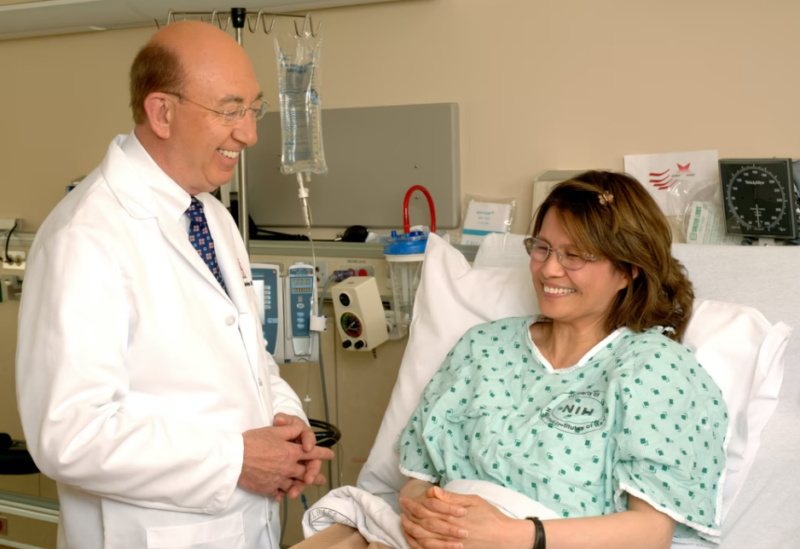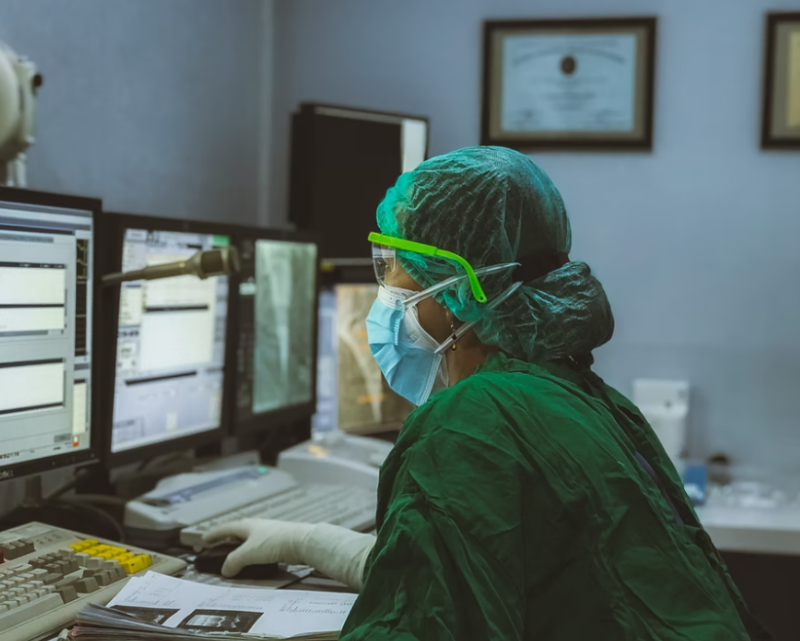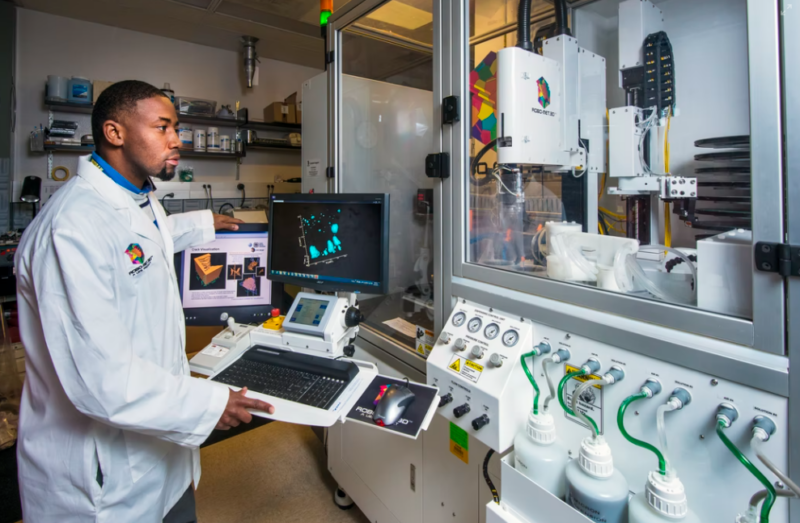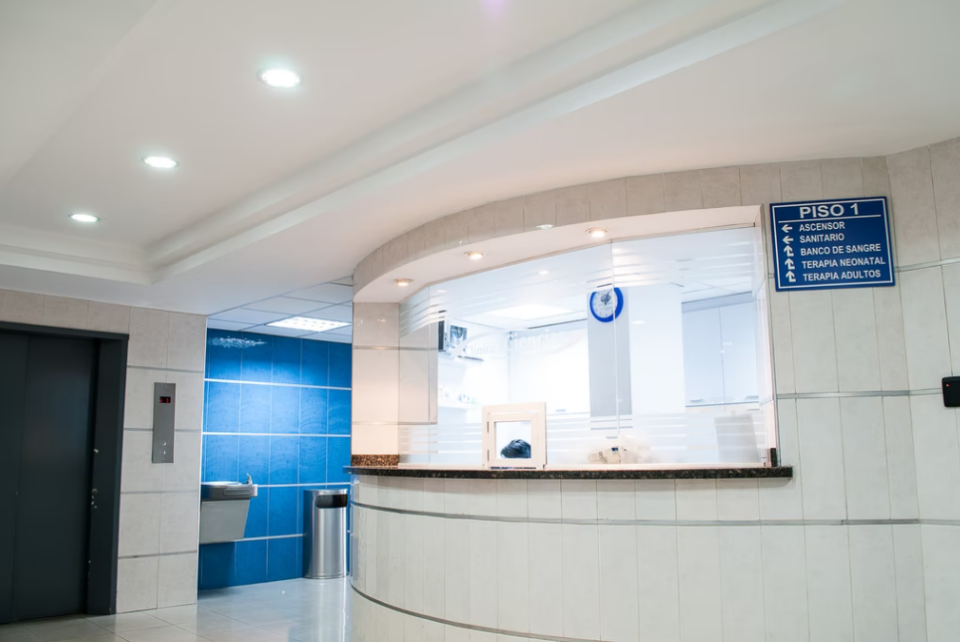From our smartphones to vehicles, modern technology is used for various daily comforts, but it is also saving lives every second through advancing medical knowledge. The most cutting-edge hospitals in the world can detect and treat diseases faster and more effectively than ever before, thanks to technological advancements.
In this post, we’ll look at the most current advancement in medical technology and how it benefits both medical professionals and patients.
1. Less Paperwork

It is best for everyone, including the personnel, if your visit to the hospital involves as little paperwork as possible. That’s why, in today’s hospitals, paper is being phased out at every turn; even nurses now use tablets instead of clipboards. Your medical records, believe it or not, are also going paperless, and for the better.
Medical records stored digitally are thought to be safer, more environmentally friendly, and, most crucially, more efficient for the hospital to access in events if you return, and the hospital staff needs to verify your medical history.
In institutions like modern Bratislava Bory Hospital, technology is being used to help patients in the best way. From paperless records to modern equipment, technology has proven to be helpful in a lot of ways.
2. Better Clinician-to-Patient Communication

Multiple healthcare experts are frequently involved in a patient’s medical care. It raises the risk of misinterpretation or error significantly. One of the most common factors that contribute to the incidence of adverse events is a communication breakdown. By combining and storing all of a patient’s health information in one easily accessible record, EHRs are supposed to help decrease errors.
3. Reduction In Medication Errors

Another standard medical error that can lead to significant problems is errors in medication prescription. By allowing clinicians to send prescriptions to pharmacies electronically, electronic prescribing can help eliminate prescription errors. Medical alerts, clinical flags, and reminders are other ways technology can help prevent drug errors and increase patient safety.
4. Remote Monitoring

Moving around can be tiresome for some individuals, and regularly visiting the hospital can put a strain on their budget. Patients may easily access and consult a doctor from the comfort of their own homes thanks to remote monitoring technologies. It saves a significant amount of time and money. The doctor can remotely monitor a specific concern, such as blood pressure levels, eliminating the need for a hospital visit. Pacemaker patients have significantly benefited from this technique.
5. 3D Printing

Bones and various internal organs can now be reproduced using 3D printing technology. After that, the artificial organs and bones can be implanted into the patient’s body to replace sick or troublesome parts.
The landscape for prosthetics has been transformed exponentially through 3D printing. Getting a bespoke prosthetic hand or limb is far less expensive with a 3D printer.
Conclusion
Technology has the potential to have a significant impact on patient safety. As with most technology, there are advantages and disadvantages. It is vital that patient safety and quality are constantly prioritized while implementing or using healthcare technology.

